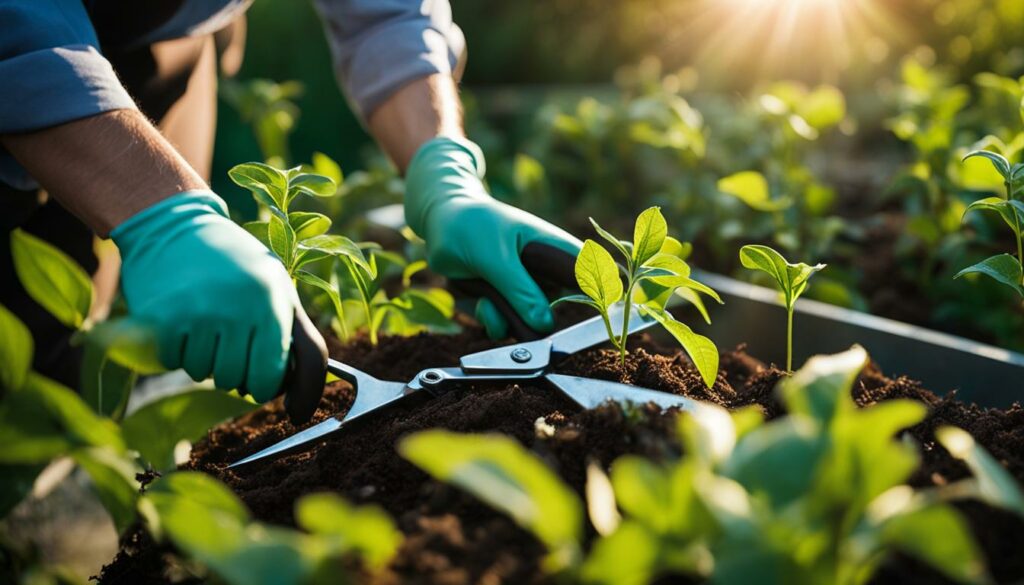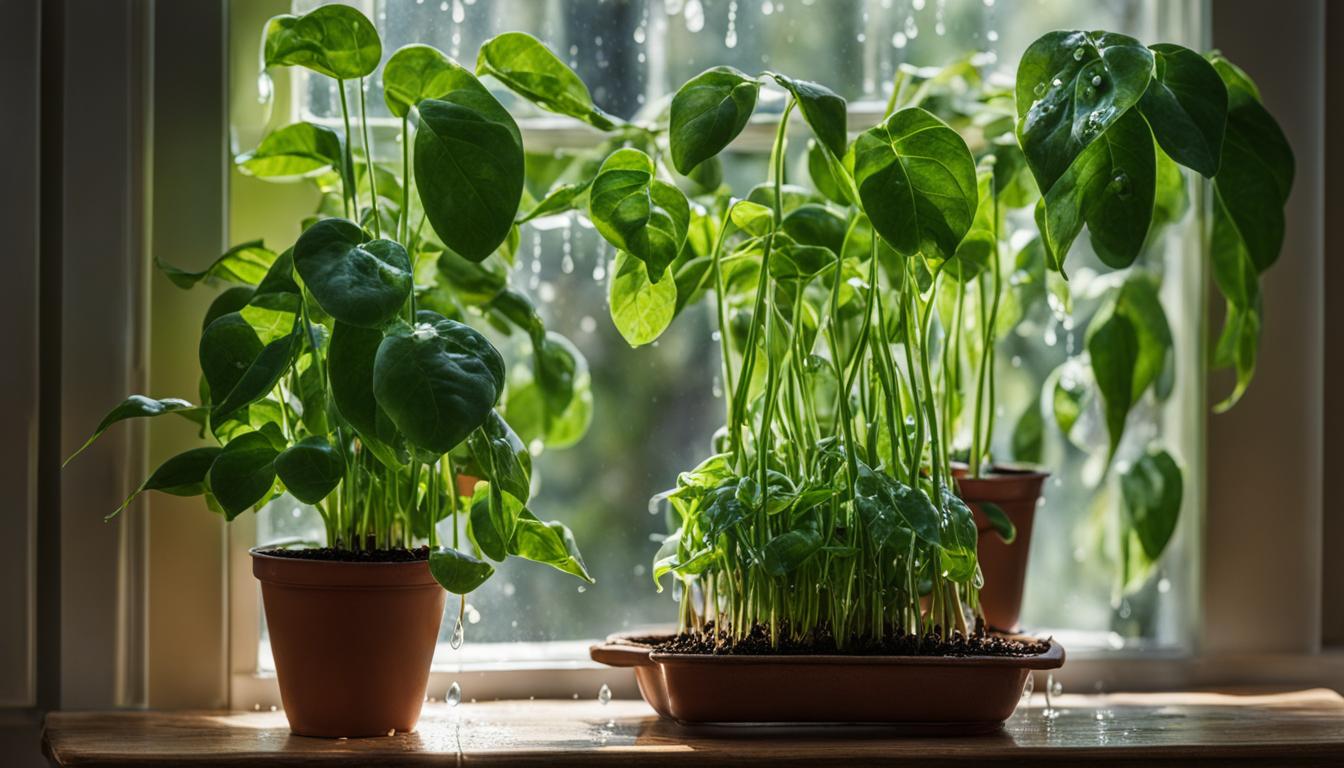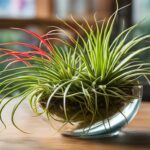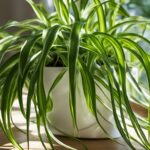Welcome to our Happy Bean Plant Care Guide, where we will share essential tips and tricks to ensure your bean plants grow healthy and happy! Whether you’re a seasoned plant enthusiast or just starting your green journey, this guide will provide you with all the information you need to keep your bean plants thriving.
Bean plants, scientifically known as Peperomia Ferreyrae, are stunning indoor succulents with long, bean-like lime green leaves. These beauties not only add a touch of green to your space but also have air-purifying properties. Native to South American rainforests, Happy Bean plants are versatile and can adapt to various light conditions, making them perfect for any indoor area.
In this guide, we will cover everything from watering and light requirements to soil and fertilizer needs. We’ll also discuss pruning techniques and how to propagate new plants from leaf cuttings. By the end of this guide, you’ll have all the knowledge you need to care for your Happy Bean plants like a pro!
So let’s dive in and discover the secrets to growing happy bean plants. With our care tips, you’ll be able to create a joyful and thriving plant oasis in your home or office.
Watering and Light Requirements for Happy Bean Plants
Caring for Peperomia Ferreyrae, also known as the Happy Bean Plant, requires careful attention to watering and light conditions. This unique succulent plant has specific needs to ensure its healthy growth and vibrant appearance. By following these bean plant care tips, you can create the perfect environment for your Happy Bean plants to thrive.
Watering Tips
Watering is one of the most crucial aspects of Happy Bean plant care. It is essential to strike the right balance, as both underwatering and overwatering can harm the plant. To determine the watering frequency, it is recommended to check the moisture level in the soil. Stick your finger about an inch into the soil; if it feels dry, it’s time to water your plant.
During the growing season, which is typically spring and summer, water your Happy Bean plant every 7-10 days. Adjust the watering frequency based on environmental conditions and the size of the pot. In colder months or during dormancy, reduce watering to every 2-3 weeks. Remember, it’s better to slightly underwater than overwater, as the plant is susceptible to root rot if the soil remains consistently wet.
Light Requirements
Proper lighting is essential for the healthy growth of the Happy Bean plant. While it can tolerate low light conditions, it thrives in bright, filtered light. Direct sunlight should be avoided as it can scorch the leaves, causing leaf burn. Place your Happy Bean plant in a location where it can receive medium to bright, indirect light throughout the day.
If you have limited natural light in your home or office, you can supplement with artificial grow lights. Choose full-spectrum LED lights and position them about 12-18 inches above the plant for optimal results. Remember to rotate your plant periodically to ensure even exposure to light and prevent leaning in one direction.
By providing the right watering and light conditions, you can ensure the health and happiness of your Happy Bean plants. These care tips will help you create a thriving environment for your beloved indoor succulent.
Fertilizing Your Happy Bean Plants
Proper fertilization is crucial for the healthy growth of your Happy Bean plants. By providing the right nutrients, you can ensure lush foliage and vibrant green leaves. Here are some key tips to keep in mind when fertilizing your Peperomia Ferreyrae:
- Choose the right fertilizer: Use a balanced liquid plant food that is specifically formulated for houseplants. Look for a fertilizer with an equal ratio of nitrogen (N), phosphorus (P), and potassium (K), such as a 10-10-10 or 20-20-20 blend.
- Follow the recommended dosage: Dilute the fertilizer according to the instructions on the packaging. Avoid overfertilizing, as it can lead to nutrient burn and damage the plant.
- Apply during the growing season: Fertilize your Happy Bean plant during the spring and summer months when it is actively growing. Reduce or stop fertilization during the winter when the plant enters a dormant phase.
- Avoid fertilizing newly potted plants: If you recently repotted your Happy Bean plant, wait at least six weeks before applying fertilizer. This gives the plant enough time to establish its roots in the new potting mix.
“Fertilizing your Happy Bean plants is essential for promoting healthy growth and vibrant foliage.”
Table: Recommended Fertilizers for Happy Bean Plants
| Fertilizer Brand | N-P-K Ratio | Application Frequency |
|---|---|---|
| Miracle-Gro Indoor Plant Food | 24-8-16 | Every 2 weeks during active growth |
| Jobe’s Organics Indoor Plant Food | 3-5-4 | Every month during active growth |
| Espoma Indoor Liquid Plant Food | 2-2-2 | Every 4 weeks during active growth |
Remember to always read and follow the instructions provided by the fertilizer manufacturer. Each product may have specific guidelines for application and dosage. With proper fertilization, your Happy Bean plants will thrive and bring joy to your indoor space.
Pruning and Propagation of Happy Bean Plants
Pruning is an important aspect of caring for your Happy Bean plants. Regular trimming helps maintain the plant’s shape and promotes healthy growth. To prune your Peperomia Ferreyrae, use clean and sharp scissors to remove any overgrown or leggy stems. Start by cutting back the longest stems first, working your way down to shorter ones. This will help create a more compact and bushy appearance.
When pruning, make sure to remove any dead or yellowing leaves as well. This not only improves the plant’s aesthetic appeal but also prevents the spread of diseases and pests. Take care not to remove too many leaves at once, as it can stress the plant. Instead, opt for regular pruning sessions to maintain a balanced and vibrant plant.
Propagating new Happy Bean plants is an exciting way to expand your collection. You can easily propagate Peperomia Ferreyrae using leaf cuttings. Choose healthy and mature leaves with a small stem attached. Using a clean knife or pair of scissors, make a clean cut just below a leaf node, where the leaf meets the stem.
After taking the cuttings, allow them to dry for a day or two to encourage callusing. Once the cut ends have callused, place the cuttings in a propagation medium, such as a well-draining potting mix or water. Keep the cuttings in a warm and bright location, away from direct sunlight. After a few weeks, you’ll start seeing roots forming, indicating successful propagation.

Propagation Tips:
- Choose healthy and mature leaves for propagation.
- Allow the cut ends to callus before planting or placing in water.
- Keep the cuttings in a warm and bright location, away from direct sunlight.
- Monitor the moisture levels to prevent rotting or drying out of the cuttings.
- Be patient, as rooting can take a few weeks.
By following these pruning and propagation techniques, you can ensure that your Happy Bean plants remain vibrant and continue to bring joy to your space.
Conclusion
In conclusion, caring for your Happy Bean plants is a rewarding and enjoyable experience. While this plant is generally low-maintenance, there are a few common issues and diseases to watch out for.
One common issue is overwatering, which can lead to root rot. Be sure to adjust your watering frequency based on the season and environmental conditions. It’s also important to use a well-draining potting mix to prevent water from pooling around the roots.
Another concern is pest infestation, particularly mealybugs. These pesky insects can be treated with neem oil, which is a safe and effective solution. Regularly inspect your plants for any signs of pests and take appropriate action if necessary.
Lastly, while the Happy Bean plant is non-toxic, it’s important to note that its leaves should not be consumed as they are not edible. Be cautious if you have children or pets around the plant and ensure they do not mistake the leaves for green beans.
FAQ
How often should I water my Happy Bean plant?
We recommend watering the plant every 7-10 days, adjusting the frequency based on the season and environmental conditions.
What kind of light does the Happy Bean plant need?
The Happy Bean plant thrives in bright, filtered light but can tolerate low light conditions. Avoid direct sunlight as it can cause leaf burn.
What type of soil should I use for my Happy Bean plant?
Peperomia Ferreyrae prefers well-drained soil with moderate water retention capacity. A potting mix of 50% peat moss and 50% perlite is ideal.
How often should I fertilize my Happy Bean plant?
During the summer, apply a balanced liquid plant food every third time you water. In other seasons, apply the fertilizer once a month.
How do I prune my Happy Bean plant?
Trim the plant using clean, sharp scissors when it becomes bushy. You can also propagate new plants from leaf cuttings.
How do I propagate a Happy Bean plant?
Simply cut mature leaves with a small stem, allow the wounds to heal for a day or two, and then place the cuttings in a propagation medium or water until roots grow.
Are Happy Bean plants toxic?
No, Happy Bean plants are non-toxic to humans and pets. However, its leaves should not be confused with green beans.
How can I treat common pests on my Happy Bean plant?
Common pests like mealybugs can be treated with neem oil.
What are some common issues with Happy Bean plants?
Common issues include overwatering leading to root rot, and extreme cold conditions. Monitor watering frequencies and protect the plant from cold temperatures.





